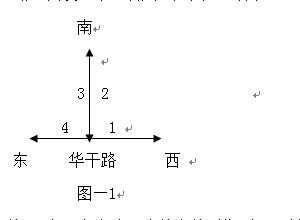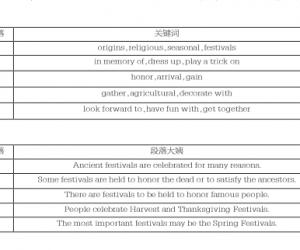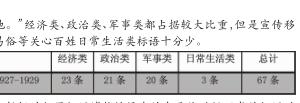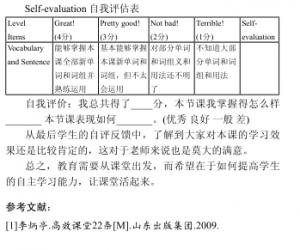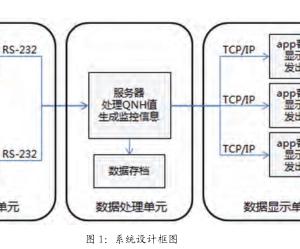Multi-modal Discourse Analysis of Peng Liyuan’s Dress
收藏
打印
发给朋友
发布者:lunwenchina
热度0票 浏览95次
时间:2019年12月12日 11:25
浙江师范大学外国语学院/顾伟红
【Abstract】 Traditional discourse analysis basically focuseson language rather than non-linguistic symbol resources interms of meaning construction. The latter emerging multi-modaldiscourse analysis breaks this limitation into a large extent. Thispaper analyzed Peng Liyuan’s dress with semiotics of Saussureand visual grammar of Kress and Van Ixeuwen as theoreticalframework.
【Key words】 multi-modal discourse analysis; dress; semiotics;visual grammar
1. Introduction
Multi-modal discourse refers to the one combining variouscommunication modes to convey information. In other words,it consists of language texts, images, graphs, and any symboliccoding able to convey meaning (Li Zhanzi 2003). As for multimodal discourse analysis, it is built on the basis of socialsemiotics, Systemic-Functional Grammar, and visual grammar.
Halliday contributed to semiotic Systemic-Functional Grammar(1995). Kress and Leeuwen extended idea of meta-function tovisual model, and created visual grammar.
From the perspective of semiotics, dress serves as one kindof non-linguistic symbols, involving three signifiers, namelythe syle, color and fabric. Taking China’s First Lady PengLiyuan’s dress as an example, this paper attempts to explorehow various non-linguistic symbols jointly construct the signifiedmeaning of discourse by their own unique ways under theframework of semiotics and visual grammar, in order to achievescheduled diplomatic purpose.
2. Multi-modal discourse analysis of Peng’s dress2.1 Signified meaning of different modeling of dressDuring diplomatic visits, Peng Liyuan’s modeling of dressvaries according to the exact place, time, and event. When shefirst visited Russia, she wore a blue tweed coat. Later she dressedherself in a brocade coat to deliver a speech in Moscow Instituteof International Relations, and khaki suit to attend the Russianchorus. After Russia, she visited Tanzania in cover gown witha purple embroidery scarf. Generally speaking, her dress is abusiness card both for her and for China.
For example, the brocade coat she wore in Moscow Instituteof International Relations carries many traditional Chinesesymbols, including orchid, bamboo, plum, and magpie. Thesignified meaning of orchid in Chinese culture is noble anddignity. The meaning of bamboo is honesty and fair, that of plumis firm and indomitable. As for the magpie, it stands for good luckand forecasts good news, showing her best wishes for Russianfriends.
2.2 Signified meaning of different colors of dressIn this aspect, the signifier is the color and the signifiedmeaning is the psychological effect it brings to the audience.
Within Peng Liyuan’s dress, she pays attention to thecombination of colors in the dress itself, as well as that of colorand outside occasions. On the one side, she is fond of combiningextreme colors or the mediate colors with extreme colors, suchas the deep blue coat with light blue scarf, or coffee dress withpurple scarf. On the other side, she is well acknowledged of thecombination of color and local custom. For example, she dressedherself in mediate colors to visit Russia, a military power, andwears white coat and dress while visiting Tanzania, an Africancountry.
2.3 Signified meaning of different fabrics of dressThe fabrics of Peng Liyuan’s dress ranges a lot, fromcotton, linen, silk to wool, featuring ethnic elements. Visually,these fabrics are gentle, grave, comfortable, and environmentalfriendly. At the same time, silk is frequently used whether in herscarf or gown. The signified meaning of silk is Chinese traditionalstyle and national pride, since it started in 4700 years ago inancient China and remains popular in modern China, even thewhole world.
3. Conclusion
The colors of Peng’s dress vary from one occasion toanother, but all of them are appropriate for the exact event andplace. And the fabrics of her dress signify traditional Chinesestyle and reveals her pride in native culture. Tested by visualgrammar, modeling contributes to the realization of representationfunction, color promotes the interaction function, and thecombination of all symbols is crucial to the achievement ofcomposition function. In other words, these three non-linguisticsymbols jointly construct the signified meaning of discourseby their own unique ways, and successfully achieve diplomaticintention.
References:
[1]Halliday,M.A.K.1995.An Introduction to FunctionalGrammar[M].London:Edward Arnold.





